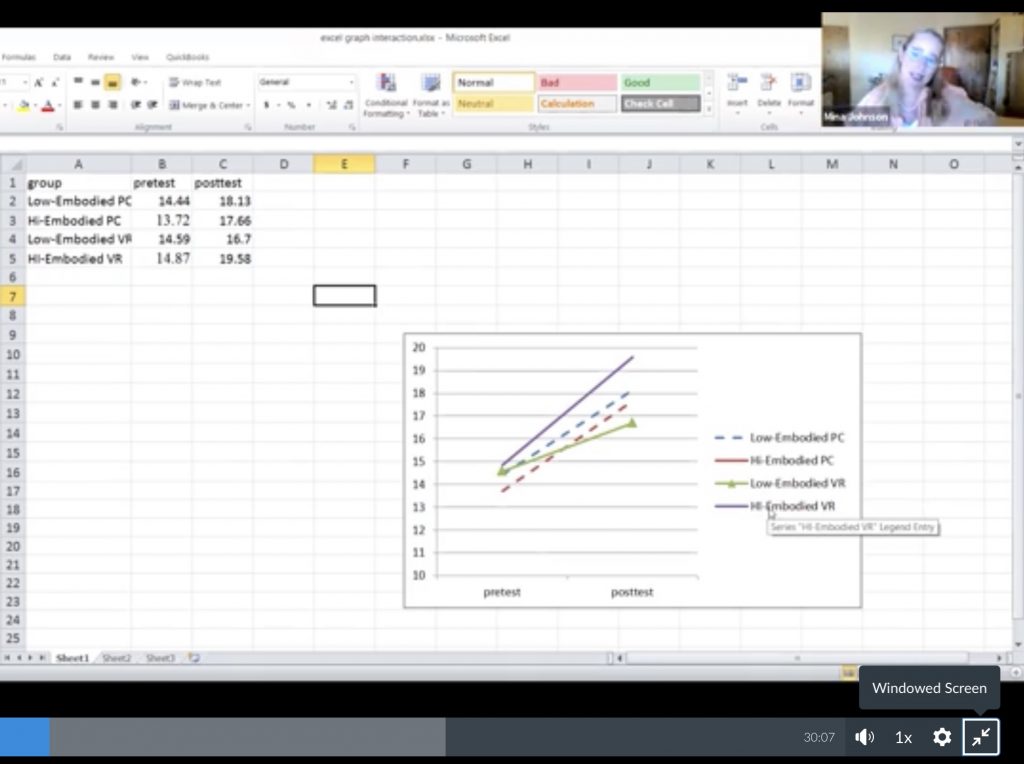Since the global pandemic hit the world at the earlier of 2020, every single aspect of life has been radically changed. In-person class switched to virtual. Unfortunately, not everything could be easily converted to virtual in learning about media and Journalism. Students, no matter where their location, find it challenging to accessing learning material. And scholars, especially those who teach practical skills like me, were challenged to teach students and make sure they got practical experience in our class.
We sent our students back home and switched the class to virtual mode due to the global pandemic. And that’s when the problems started.
Our greatest fears came true: My students did not have the proper equipment to support the practical learning process. Not only equipment, but we also heard a lot of stories about struggling to get internet access to join a synchronous class. Some of them needed to climb a hill, go to the rice field, go to the beach, and so on in search of a better internet connection.
All of this put my colleague and I, who teach a practical skills course, in a dilemma. It was unfair of us to ask them to do a big project like a TV feature format or documentary when they had no access to a device and good internet connection. On the other hand, we have to ensure that our students are productive in creating some kind of project, because our university has a strong commitment to creating communication professionals–especially after investing a lot of money in building a simple broadcasting media lab, a multifunction studio, TV studio for news programs and talk shows, podcast studio, and some devices. The faculty and University always eagerly await the result of our students’ project.
So, we improvised to allow the students to create content through whatever device they had, like a phone or similar. And here is the result:

A year and half after the global pandemic, my team and I are exhausted. We have almost lost hope and have no idea how to teach and provide experience at the same time. But a new spirit is coming through the SUSI scholars program. I was inspired by the remote panel presentation on Canvas, an asynchronous session moderated by Dr. Marianne Barrett with Jessica Pucci, Venita Hawthorne James, Elizabeth Mays, and Rick Rodriguez. From all of the speakers I got the point that we never know when the global pandemic will end. But the broadcast industry still exists and needs human resources. The speakers offered some suggestions on how to survive in teaching practical skills through technology. They explained how tools can be used to manage projects.

Another asynchronous session with Retha Hill and Mina Johnson was also inspiring. Mina Johnson showed data on how students are interested in learning through VR. We can call it the future of learning. I think that technology could be used to help us in teaching media and journalism. Technology could be bridging the gap between professional and academic life. Students can feel a real-world situation through a game simulation.

I found something new in combining these two asynchronous sessions. From Retha Hill and Mina Johnson’s asynchronous session, I thought that while games could be used in other disciplines, why is are they not used in media and journalism learning? And from the previous video I learned that we do not need to wait for the latest technology publicly available. We could combine existing and accessible tools to support practical learning in media and journalism. This is a solution for everyone’s problem in teaching media and journalism in an uncertain situation. It just needs a little bit of opportunity-meets-innovation, and, voilà, we make it.
The SUSI for Scholar 2021 virtual program gives a lot of opportunities to learn from each other and stimulates our initiative-taking side. Here I connect with other friends worldwide and my instructors at the Walter Cronkite School of Journalism and Mass Communication. Listen to their stories and experiences, feel the positive vibes, analyze, and do something new to solve the current situation. Now, I have a big assignment to learn those potential tools (especially apps) that are the best, most accessible and related to the current situation in my country.
